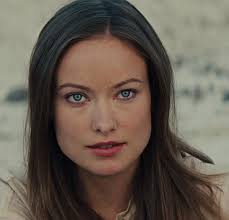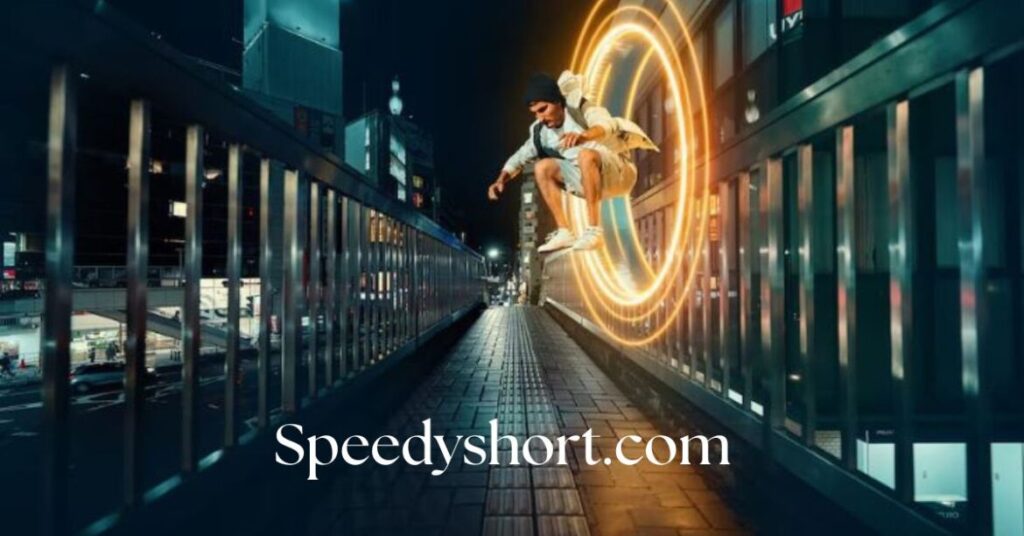Nudography, a term that might raise eyebrows or spark curiosity, dives into the multifaceted world of nudity in art and photography. It transcends mere voyeurism, opening doors to discussions about body image, empowerment, and artistic expression. As we peel back the layers surrounding this intriguing subject, we’ll explore its history, controversies, and benefits. Whether you’re an artist seeking inspiration or simply curious about its impact on society today, understanding nudography enriches our perception of beauty in all its forms. Ready to embark on this captivating journey? Let’s dive in!
What is Nudography?
Nudography is the artistic exploration of nudity in visual media, encompassing photography, painting, and digital art. It emphasizes the human form as a subject worthy of admiration and analysis.
This genre invites viewers to appreciate the beauty of vulnerability without judgment. It’s more than just exposed skin; it captures emotions, stories, and individual experiences.
In essence, nudography challenges societal norms about body image. It promotes acceptance by showcasing diverse bodies in a variety of postures and settings. The goal is to celebrate authenticity rather than perfection.
Artists within this realm often focus on light, shadow, and composition to highlight unique features or convey deeper meanings. Each piece serves as a reflection not only of the model but also of cultural beliefs surrounding nudity itself.
Through its lens, nudography encourages conversations around sexuality, identity, and self-expression while pushing boundaries in both art and society’s perceptions.
The History and Evolution of Nudography
Nudography has roots that trace back to ancient civilizations. From the cave paintings of prehistoric times to the sculptures of Greek and Roman eras, humanity has long celebrated the human form.
During the Renaissance, artists like Michelangelo and Botticelli elevated nudity in art. Their works emphasized beauty, anatomy, and divine ideals. This period marked a shift towards appreciating nudity as an expression of both artistry and human experience.
The 19th century introduced photography, opening new avenues for capturing the nude body. Pioneers like Edward Weston explored this genre with innovative techniques that highlighted texture and form.
As cultural norms shifted in the 20th century, so did perceptions about nudography. The sexual revolution challenged boundaries, allowing more freedom in artistic expression. Today’s digital age continues this evolution with accessibility to diverse forms of nudographic content across platforms worldwide.
The Controversy Surrounding Nudography

Nudography often sparks heated debates. The intersection of art and nudity can provoke strong reactions from various communities. Some see it as a celebration of the human form, while others view it as objectification.
Critics argue that nudographic works sometimes reinforce harmful stereotypes about body image and sexuality. They raise concerns about consent, especially in cases where subjects are not fully aware their images might be shared widely.
On the other hand, advocates emphasize artistic expression’s importance in challenging societal norms. They believe nudography can promote discussions around body positivity and self-acceptance.
Cultural perspectives on nudity also play a significant role. In some cultures, nude imagery is embraced; in others, it’s taboo. This disparity adds layers to the ongoing discourse surrounding this genre.
Navigating these complexities remains essential for anyone interested in exploring or creating nudographic content responsibly.
How to Safely Explore Nudography
Exploring nudography requires a thoughtful approach. Start by understanding the boundaries of consent and respect for individuals involved in this art form. Always seek permission before sharing or reproducing someone else’s work.
Choose platforms that prioritize safety and privacy. Websites dedicated to artistic expression often have guidelines that protect both creators and viewers from exploitation.
Engage with communities that promote positive discussions around body image and self-expression. This can enrich your understanding while fostering connections with like-minded individuals.
Educate yourself about the legal aspects surrounding nudographic content in your region. Knowing what is permissible will help you navigate this landscape responsibly.
Maintain an open mind as you explore different styles and perspectives within nudography. Appreciate it for its artistic value rather than reducing it to mere objectification.
Benefits of Nudography for Body Positivity and Empowerment
Nudography serves as a powerful tool for body positivity. By showcasing diverse bodies, it challenges societal norms about beauty and perfection. This medium advocates acceptance of all shapes and sizes.
Through nudographic art, individuals often find empowerment in their own skin. It celebrates authenticity, fostering self-love among those who engage with or create such works. The act of embracing one’s naked form can be liberating.
Moreover, nudography encourages open conversations about bodies. It dismantles the stigma surrounding nudity and promotes an understanding that every body is unique and worthy of appreciation.
This genre also creates safe spaces where people can explore vulnerability without judgment. As viewers connect with raw representations of humanity, they learn to appreciate themselves more deeply. Embracing this art form nurtures confidence and resilience in both artists and subjects alike.
Famous Figures in Nudographic Art and Photography

Throughout the history of nudography, several influential figures have left a significant mark. One such pioneer is Edward Weston, known for his striking black-and-white nudes. His work emphasized form and texture, pushing boundaries in artistic expression.
Another key figure is Ruth Bernhard, who captured the female body with grace and reverence. Her photographs celebrate femininity and have inspired many contemporary artists.
Then there’s Helmut Newton, whose provocative style redefined erotic photography in the 20th century. His bold imagery often blended fashion with sensuality, challenging societal norms.
Francesca Woodman made waves with her haunting self-portraits that explored identity and vulnerability. Her unique perspective continues to resonate today.
These artists not only shaped nudographic art but also sparked essential dialogues about beauty and representation in society. Each has contributed uniquely to this evolving genre.
Conclusion
Nudography invites a deeper understanding of human expression through the lens of art and photography. It challenges societal norms while celebrating the beauty of the human form in its many variations.
Exploring nudography can foster body positivity, allowing individuals to embrace their uniqueness. The dialogue it sparks encourages people to rethink ideals surrounding beauty and self-acceptance.
As you navigate this intriguing realm, remember that respect for subjects and creators alike is paramount. Engaging with nudography thoughtfully ensures an enriching experience that promotes empowerment rather than objectification.
This vibrant field continues to evolve, reflecting changes in cultural perceptions about nudity and artistry. Each new work adds depth to our collective conversation about bodies, identity, and freedom of expression.
FAQs
What is nudography?
Nudography refers to the art and practice of depicting or photographing nude figures. It encompasses a wide range of styles, mediums, and intentions, from classical artistic representations to modern photography.
Is nudography legal?
The legality of nudography varies by location and context. Generally, if the work respects local laws regarding decency and consent, it can be considered legal.
Can nudography be harmful?
Like many forms of expression, nudography has the potential for both positive and negative impacts. It’s essential that it promotes respect, consent, and body positivity rather than objectification or exploitation.
How can I explore nudography safely?
If you want to delve into nudographic content or create your own works, ensure you do so responsibly. Always prioritize consent when featuring individuals in any form of art or photography. Additionally, consider privacy concerns when sharing content online.
Are there resources available for learning about nudographic art?
Yes! Numerous books, documentaries, workshops, and online courses are dedicated to exploring the history and techniques involved in creating impactful nude artwork while respecting ethical boundaries.
Does participating in nudographic projects promote body positivity?
Absolutely! Engaging with nude art can help break down societal norms around bodies. It encourages appreciation for diversity in body types while fostering self-acceptance among participants and viewers alike.
What should I know before getting involved with nudographic art or photography?
Educate yourself on ethical practices surrounding representation in this field. Understanding issues related to consent and visibility is crucial before diving into any project involving nakedness—whether as an artist or a subject.
These questions serve as a guide for those curious about this fascinating intersection of artistry and human expression within the realm of Nudography.
Also read: IRFC Share Price








One thought on “Exploring Nudography A Comprehensive Insight”